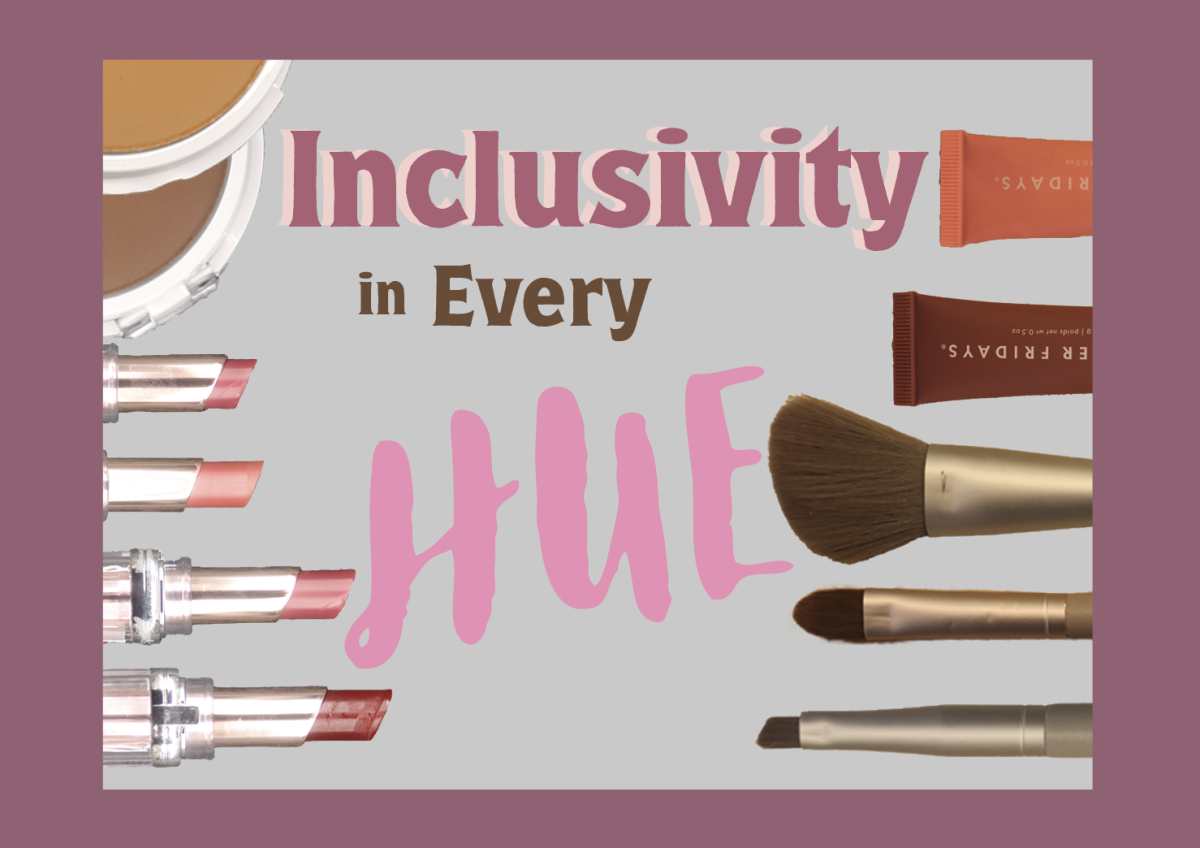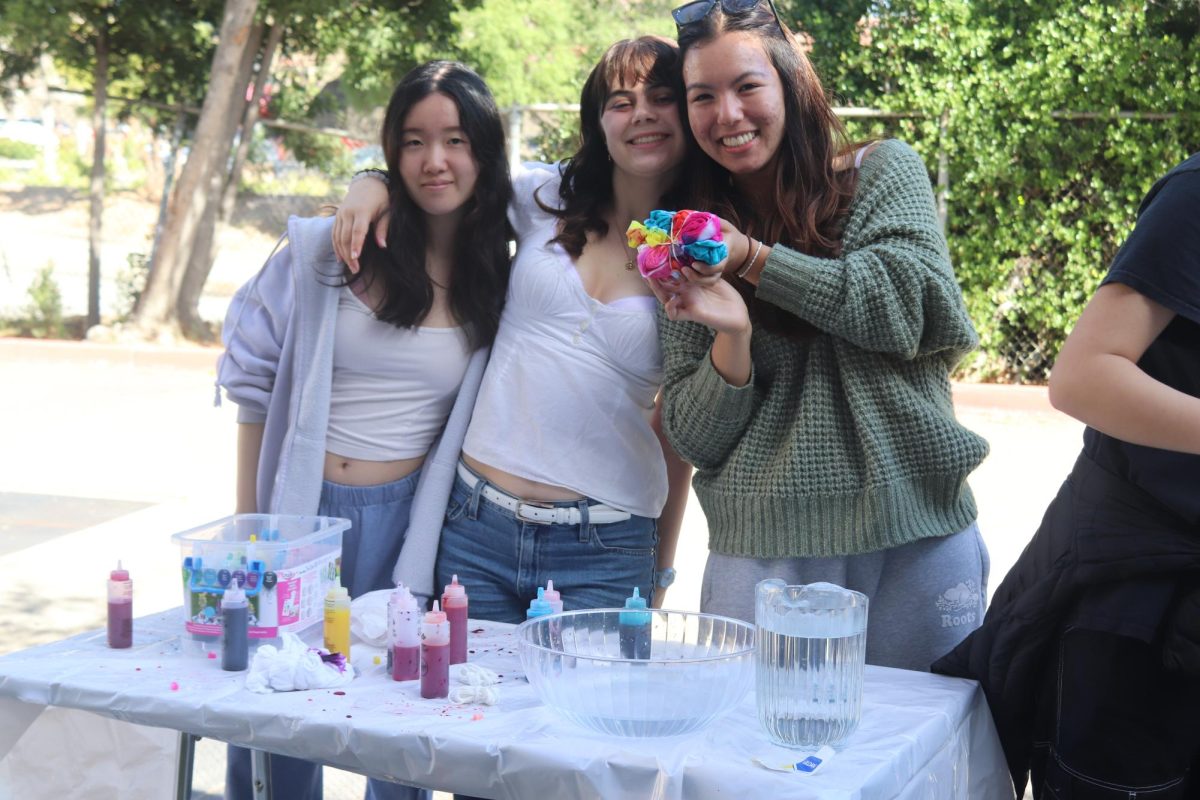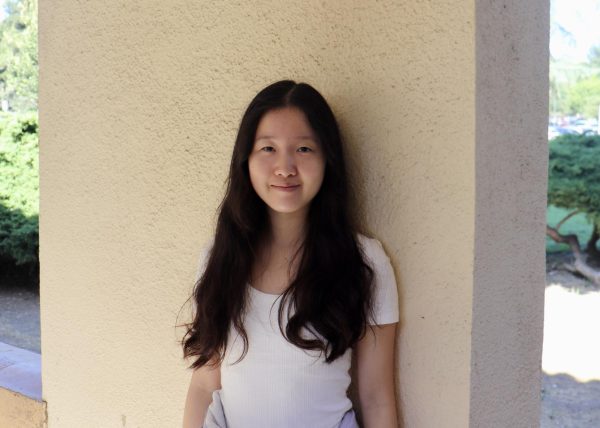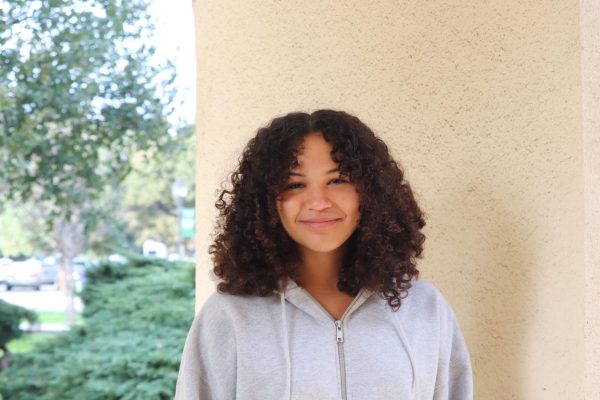The beauty industry is perceived as a beacon of empowerment and self-confidence for many people around the world. While it celebrates diversity and promotes inclusivity, a shadow of discrimination lies under the surface, affecting individuals across various intersections of race, gender and age. As a result, an emphasis on the diversification of beauty products has become prevalent in recent years.
Martha Laham, a business and marketing professor at Diablo Valley College and author of “Made Up: How the Beauty Industry Manipulates Consumers, Preys on Women’s Insecurities, and Promotes Unattainable Beauty Standards,” attributes consumers’ demands for more inclusivity to the increase in diverse beauty products.
“The industry is very nimble and rapidly responds to changes in beauty consumers’ preferences and behavior,” Laham said. “For example, consumers are demanding more inclusivity in beauty. The beauty industry listened and created products that are tailored to all individuals regardless of gender, age, and skin tone, by creating such offerings as gender-neutral beauty products and men’s beauty products.”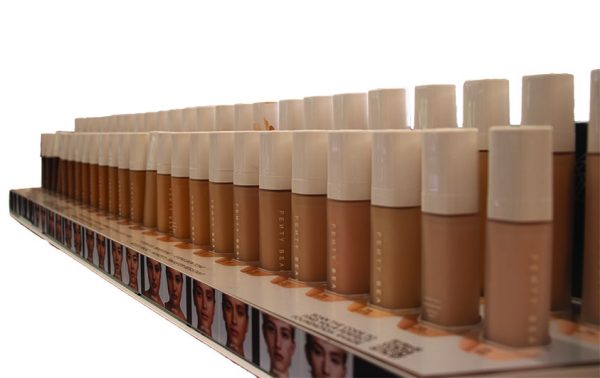
With inclusivity in makeup becoming more common, cosmetic brands have increasingly turned to social media to showcase a wider array of their products.
“Companies like Fenty Beauty have utilized the use of social media to promote the brand’s commitment to inclusivity,” Laham said. “This has allowed the brand to connect with women who have been left out of the conversation by mainstream media.”
Although social media campaigns have made it evident that the beauty industry has improved in terms of diversity, it is hard to ignore that race plays a significant role in the beauty industry. Many brands tend to primarily target their products toward white audiences, so true inclusivity remains difficult to find within many brands. Paly sophomore Asha Patil believes that this lack of inclusivity can lead companies to make misleading claims about their shade ranges.
“If you’re a brand that claims to be inclusive or claims to have a wide range of skin tones and you lack darker skin tones or you lack lighter skin tones, it doesn’t really make sense for you to brand yourself as that,” Patil said.
Specifically, people of color in today’s society struggle to find satisfactory foundation shades in various makeup stores. Paly junior Sarina Grewal recalls her struggles when trying to find a foundation that matches her skin tone.
“I’m Indian, and my skin is darker and [has] a neutral undertone, so there’s not a lot of beauty products that cater to my skin tone,” Grewal said. “The overwhelming majority [of the time] when I’m selecting my beauty products, I’ll basically have to settle for what’s there, and I can’t find things that are perfectly matched to me.”
With limited access to products that match her skin, this prevents Grewal from finding a product that fits her needs and wants.
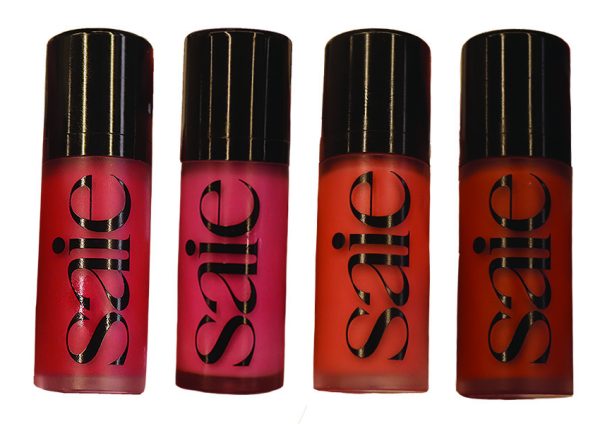
“That’s a problem because my number one consideration is whether or not it [a product] matches my shade, and so because of that, it really limits the scope of makeup that I can access,” Grewal said. “I’m not able to find things where the formula is different or where the application method is different, and I’m really constrained just to things [products] that match my shade.”
Similarly, in other countries, the same inconvenience of trial and error exists in finding the right foundation shade. Paly sophomore Kathleen Wang finds that the shade ranges in East Asian countries are exclusive and do not properly reflect the people who live there.
“Most of the time, I wear Korean makeup, because I think it’s really nice,” Wang said. “It’s basically all for light-skinned [people]. The lightest shade is paler than mine and the darkest one is not that much darker than mine.”
Beyond the Korean community, these shade ranges do not provide sufficient options for foreigners. Shakerra Bartley, a content creator based in South Korea, draws from her experiences with Korean beauty products to identify the next steps needed to increase global inclusivity.
“A lot of the time, they [Korean beauty companies] are pushing these products out to an international audience, and a lot of times, they have darker skin shades,” Bartley said. “But, they either show up really red or really gray, which shows that there’s a lack of knowledge of color theory for darker skin tones.”
With K-beauty brands suited mostly for people with paler skin tones, it is difficult for them to build a more international audience.
“In order to combat this, if a company wants to do better on an international scale and also cater to some of the foreigners here in Korea, what needs to be done is to have an actual foreigner, someone who has darker skin, on the team, who actually understands color theory and how to make darker skin tone foundations,” Bartley said.
The trend of favoring those of lighter skin tones and Eurocentric groups for makeup consumption has been seen on social media and can be detrimental to the self-image of impressionable viewers. Grewal elaborates on how viewing these trends had an impact on her growing up.
“I was young and first coming onto the internet when [those] trends were first becoming popular, and it [the trends] harmed my self-image with my own features,” Grewal said. “That Eurocentric lens when it comes to beauty trends can be really harmful to not just young people, but everyone on the internet that’s trying to come to terms with how they look and how they present themselves to the world.”
Similar to social media trends, makeup advertisements do not present a range of diverse models to reference back to the products they sell which can be unhelpful to consumers.
“Marketing in my experience has been mostly directed to lighter skin tones with token diverse models,” Grewal said. “It’s gotten a lot better in recent years, but even in the pictures you see when you buy makeup… there’s a lot of models with lighter skin tones, and then there’s a token one or two on the darker side, and that doesn’t even reflect the shade range that they have.”
In addition to the importance of featuring models of a diverse range of skin tones to represent all communities, Paly sophomore Tarika Pillay describes other ways to increase the scope of what the makeup industry has to offer.
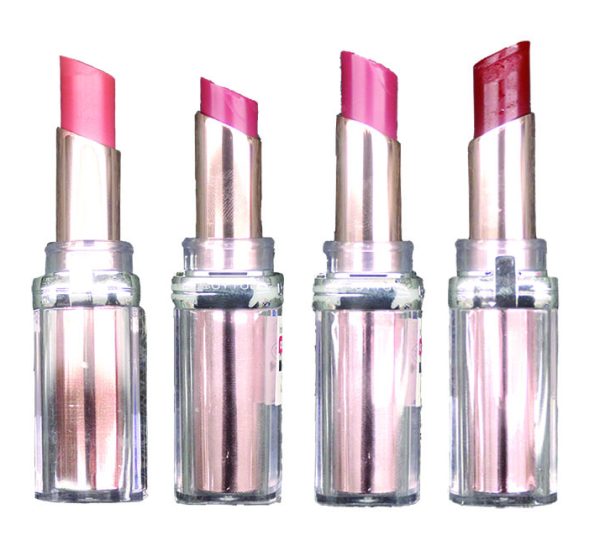
“People have different religious sorts of things [values],” Pillay said. “Some [people] can’t use anything that has any sort of animal products in them at all. So, it’s [important to have] products that use vegan options or animal-friendly options, so that religious people can use different options.”
Beyond personal values, affordability significantly influences the purchase of cosmetic products. Rosanna Smith, an associate professor of marketing at the University of Illinois Urbana-Champaign, affirms that people from a lower income background often do not have the luxury to choose a higher quality product due to the large pricing differences.
“No matter what your socioeconomic status is, no matter what your race, beauty is still something that many women feel the urge to fulfill,” Smith said. “And if you don’t have a lot of money, you still have that pressure. You could feel the pressure to buy products that aren’t at the highest price point, and the reason they’re not the highest price point is because they’re not at the safest level.”
People of a range of socioeconomic backgrounds experience the pricing strategies of makeup brands differently, depending on whether the brands target high-income or low-income demographics. Vani Leon, a professional makeup artist and licensed esthetician, delves deeper into the subject by examining the specific brands and the communities in which they are marketed.
“YSL [Beauty] only sells in certain department stores,” Leon said. “They do price it [products] higher when it is designer because they want to be like in more of these exclusive stores, which are in more exclusive wealthier areas.”
Luxury makeup brands display themselves in a manner that exudes desirability and high quality, yet drugstore brands are great brands that can allow people of lower-income backgrounds to access cosmetics.
“NYX has always been a drugstore brand and they’re really great,” Leon said. “But, they’re not going to [be] put in these higher upper class, mainly white, wealthy neighborhoods… You find it in a little bit more urban neighborhoods.”
Although there is exclusivity in makeup products that makes it challenging for people from lower-income communities to buy high-quality makeup, Pillay expands on how makeup can become more accessible for these communities.
“It would be a lot easier if they expanded to certain drugstores because not everyone can go 200 miles away or 10 miles away to an Ulta [Beauty] to find the only thing that matches their skin tone,” Pillay said.
As the demand for accessible makeup grows, customers are becoming more conscious of the value they receive for their purchases and the ingredients used. Often, they view it through a more chemistry-oriented perspective.
“Consumers are becoming more savvy and aware, particularly with skincare, about different ingredients, and what ingredients are more effective,” Smith said. “By understanding that, there’s more of an understanding of what the price really means.”
Consumers are the driving force behind the beauty industry’s profitability, so their input warrants attentive consideration. Bartley emphasizes that being willing to listen to consumers of darker skin tones’ suggestions is integral to improving diversity, equity, and inclusivity in product development to foster genuine representation and dismantle systemic biases.
“There’s a pressure for people of darker skin to always be the voices of their issues, like ‘Hey, we need a darker foundation,’” Bartley said. “People should start listening more to people who have darker skin tones… they should be having more of a say when it comes to certain products, so it shouldn’t be a second thought at all.”
The beauty industry has undeniably been progressing to provide access to various makeup products for people of different communities. Regardless, it is clear that numerous makeup brands around the world do not reflect our society as a whole.
“Beauty brands need to promote inclusivity for all, whether that’s by expanding the shade ranges of their products or by making them suitable for more skin types,” Grewal said. “We live in a world filled with people of all shapes and sizes– it’s time that the beauty industry takes the steps to recognize that.”


